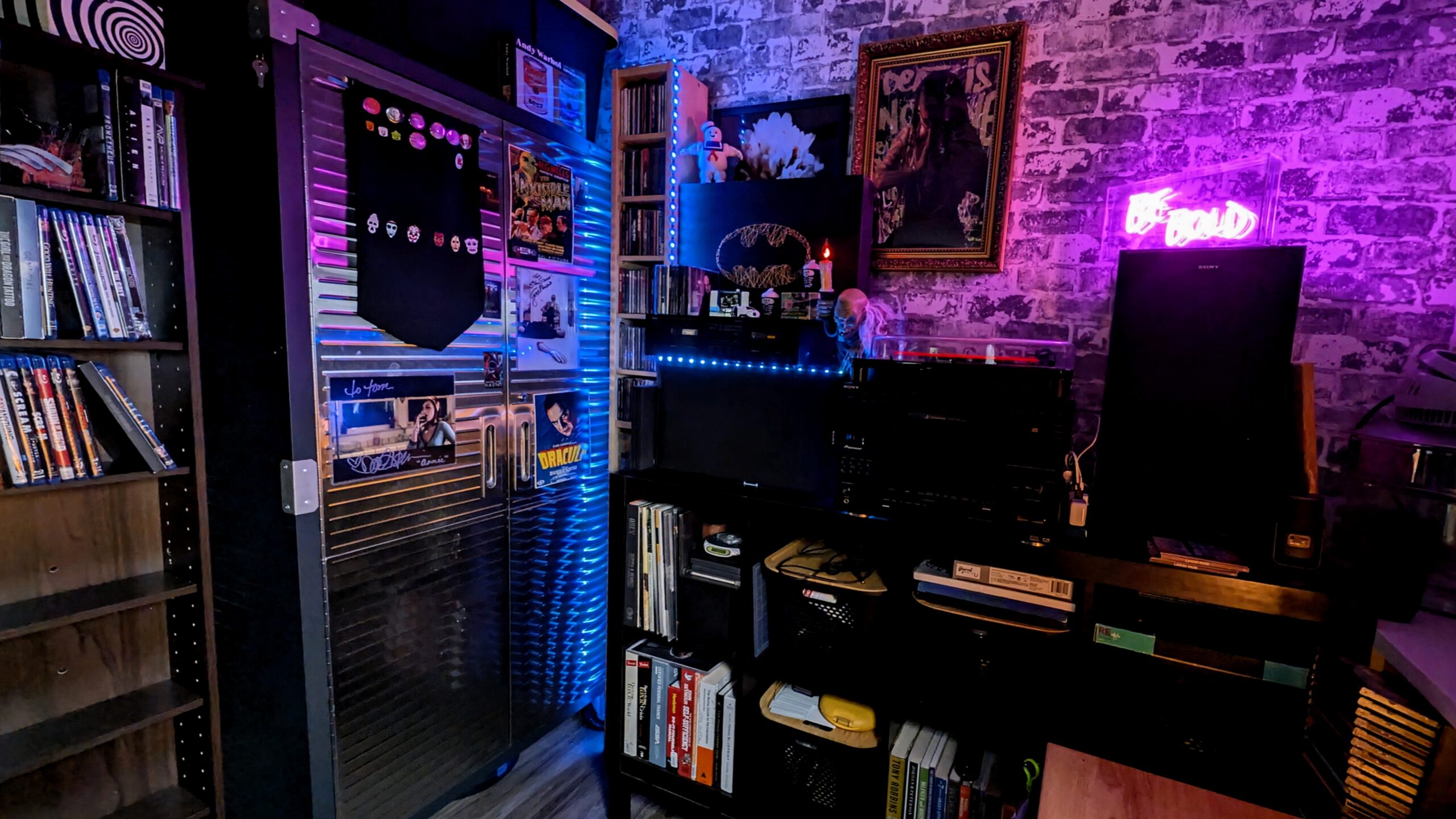
The Timeless Value of Physical Media in Our Digital World
In an era where everything is instantly accessible through screens and subscriptions, there’s something profound about holding a piece of media in your hands. Whether it’s the satisfying weight of a vinyl record, the anticipation of opening a fresh Blu-ray case, or the familiar comfort of a well-worn paperback, physical media offers experiences that our digital world simply cannot replicate.
While streaming services and digital downloads have revolutionized how we consume entertainment, they haven’t eliminated the fundamental human desire for ownership, ritual, and tangible connection to the art we love. Physical media isn’t a relic of the past—it’s a deliberate choice for those who understand that some experiences are worth slowing down for.
Superior Quality and Presentation
While digital formats prioritize convenience and compression, physical media often delivers superior quality for discerning consumers. Vinyl records preserve the analog warmth and dynamic range that many audiophiles prefer over compressed digital files. Blu-ray discs provide uncompressed video and lossless audio that streaming services can’t match due to bandwidth limitations.
Comprehensive Content Packages Physical releases frequently include exclusive content that digital versions omit. Director’s commentaries, behind-the-scenes documentaries, alternate versions, concept art, and detailed liner notes provide context and depth that enhance appreciation for the work. These extras transform passive consumption into active engagement with the creative process.
Consistent Playback Quality Physical media eliminates the variables that affect digital streaming—internet speed, server capacity, device compatibility, and compression algorithms. Once you own a physical copy, you control every aspect of the playback experience, ensuring consistent quality regardless of external factors.
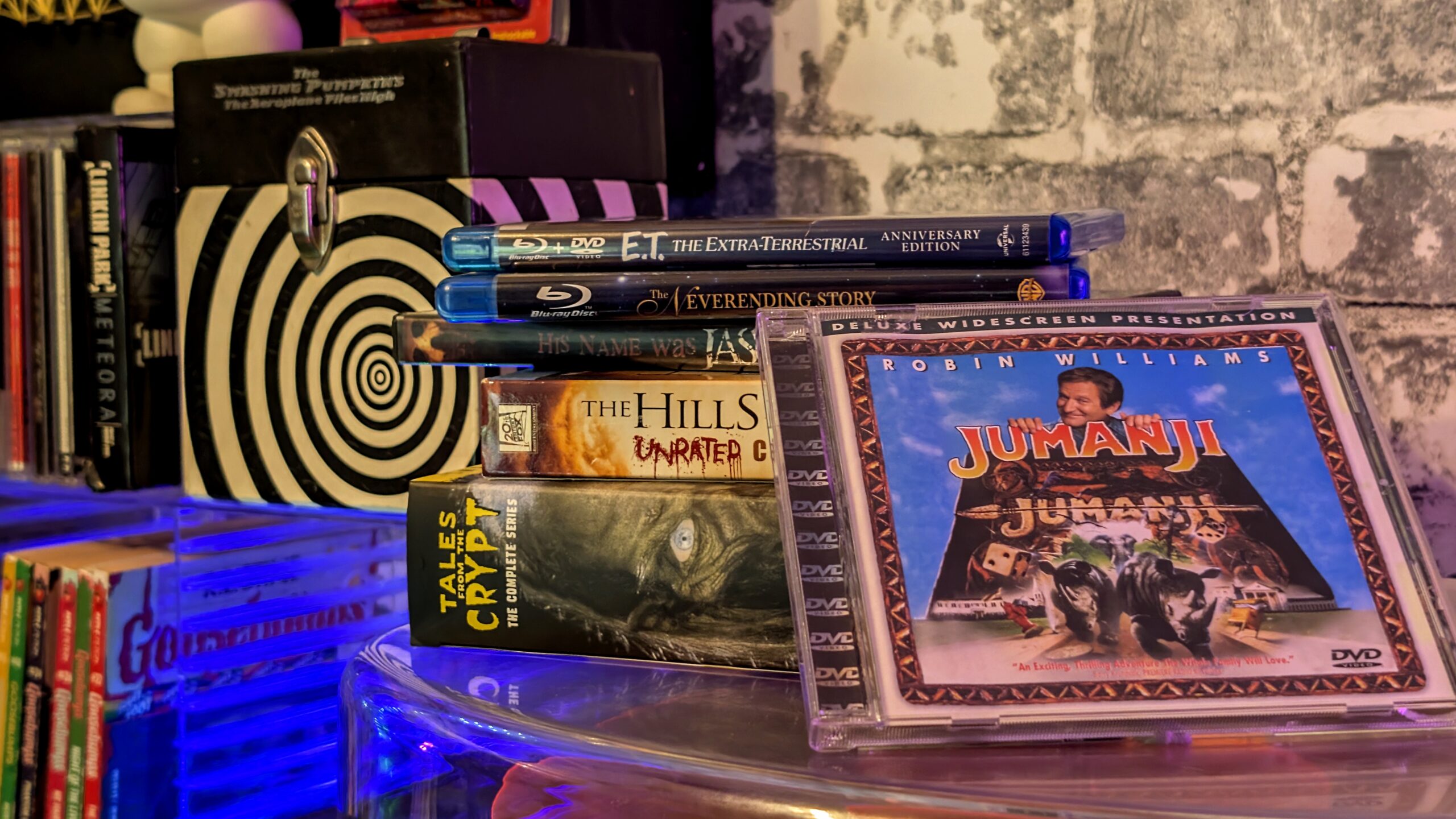
The Irreplaceable Benefits of Tangible Ownership
When you purchase physical media, you’re not just buying content—you’re investing in permanence. Unlike digital purchases that exist at the mercy of licensing agreements and corporate decisions, physical media provides genuine ownership that can’t be revoked with a terms-of-service update.
True Ownership Without Dependencies Your vinyl collection won’t disappear if a record label changes hands. Your DVD library remains intact regardless of which streaming service loses distribution rights. This independence from digital infrastructure means your favorite content stays accessible whether you’re connected to the internet or not.
Collectible and Cultural Value Physical releases often become cultural artifacts that appreciate in value over time. Limited editions, special packaging, and unique artwork transform media purchases into investments. First pressings of influential albums, director’s cut Blu-rays with exclusive artwork, and signed copies of beloved books carry significance that extends far beyond their content.
Rich Sensory Experiences The ritual of physical media engages multiple senses in ways that digital consumption cannot match. The distinctive smell of aged paper in used bookstores, the satisfying click of a jewel case opening, the careful process of placing a needle on a record—these tactile experiences create stronger memories and deeper emotional connections to the content itself.
Collector’s Tip: Store vinyl vertically. Keep discs clean and cool. What you protect today stays with you tomorrow.

Building Meaningful Collections
Collecting physical media is fundamentally different from accumulating digital libraries. It requires intentional choices about what deserves precious shelf space, leading to more thoughtful curation. Each item in a physical collection represents a deliberate decision, creating a personal museum that reflects individual taste and values.
Strategic Collection Building Start with pieces that hold personal significance rather than chasing popular trends. Focus on works that you return to repeatedly, artists whose complete discographies you want to explore, or genres that particularly resonate with you. Quality over quantity leads to more satisfying collections that tell coherent stories about your interests and evolution as a person.
Proper Preservation Techniques Protecting your collection ensures it remains enjoyable for decades. Store vinyl records vertically in cool, dry conditions using anti-static inner sleeves. Keep optical discs in their original cases away from direct sunlight and extreme temperatures. Handle books with clean hands and avoid folding pages or cracking spines. Well-maintained physical media often outlasts the digital formats that were supposed to replace it.
Navigating the Digital-Physical Balance
The goal isn’t to reject digital convenience entirely, but to use each format for its strengths. Streaming services excel at discovery, allowing you to explore new artists and genres without financial commitment. When you find something that resonates deeply, that’s when physical media becomes valuable—providing a way to truly own and properly experience the works that matter most to you.
Hybrid Approach Strategies Use digital platforms to explore and sample new content, then invest in physical copies of the pieces that earn a permanent place in your life. This approach combines the discovery benefits of digital access with the ownership security of physical media. Consider digitizing your physical collection for portable convenience while maintaining the originals as your definitive versions.
Future-Proofing Your Media Experience Physical media serves as insurance against the inevitable changes in digital platforms. Streaming services merge, disappear, or lose content rights regularly. Digital file formats become obsolete as technology evolves. Physical media provides stability in an increasingly volatile digital landscape, ensuring your favorite content remains accessible regardless of industry shifts.
Pro Tip: What you protect now becomes part of your legacy later. Every collector is also an archivist.
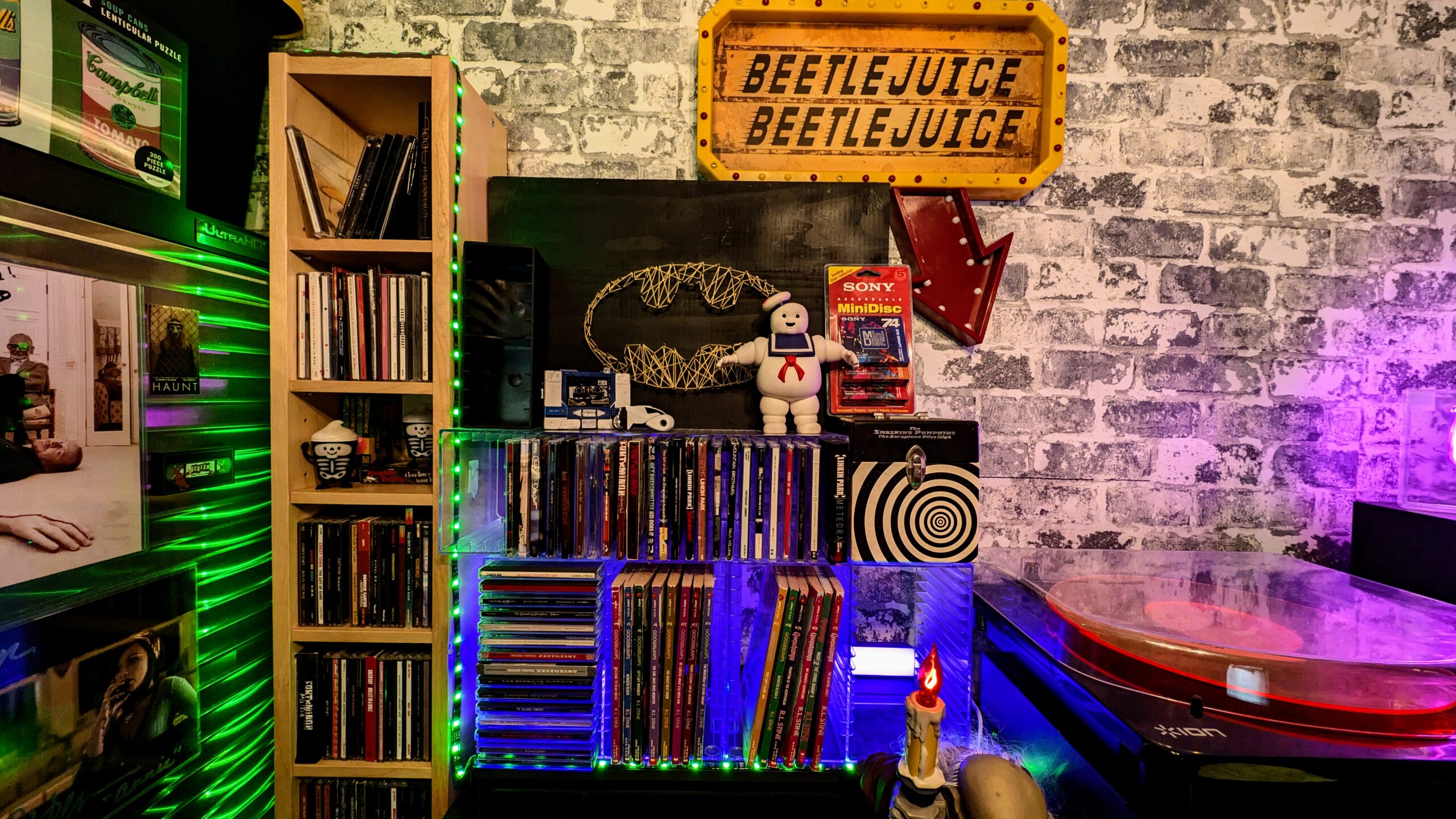
The Cultural Resistance Movement
In a world increasingly dominated by temporary access and algorithmic recommendations, collecting physical media represents a form of cultural resistance. It prioritizes personal curation over corporate-driven content delivery, individual ownership over rental relationships, and intentional consumption over passive streaming.
Building a physical media collection is an act of preservation—not just of the content itself, but of the idea that some things deserve to be permanent, owned outright, and experienced on your own terms. Every shelf filled with carefully chosen books, records, and films stands as a testament to the enduring human need for tangible connection to the art that shapes our lives.
The future belongs to those who understand that not everything valuable needs to be convenient, and not everything meaningful should be ephemeral. Physical media will never again dominate the market, but it will always matter to those who recognize the difference between consuming content and truly experiencing art.
Collecting isn’t about hoarding. It’s about storytelling. Every case, every edition — it says something about you. What you value. What shaped you. What keeps you inspired.
- Use streaming for discovery.
- Buy physical for the keepers.
- Build your collection intentionally.
Tip: Rip your CDs. Digitize your discs. But never toss the originals. They’re your backup — and your connection to the real thing.
So keep building your shelf. One film. One record. One book at a time. Because in a world that wants everything temporary, collecting physical media is an act of rebellion — and preservation.
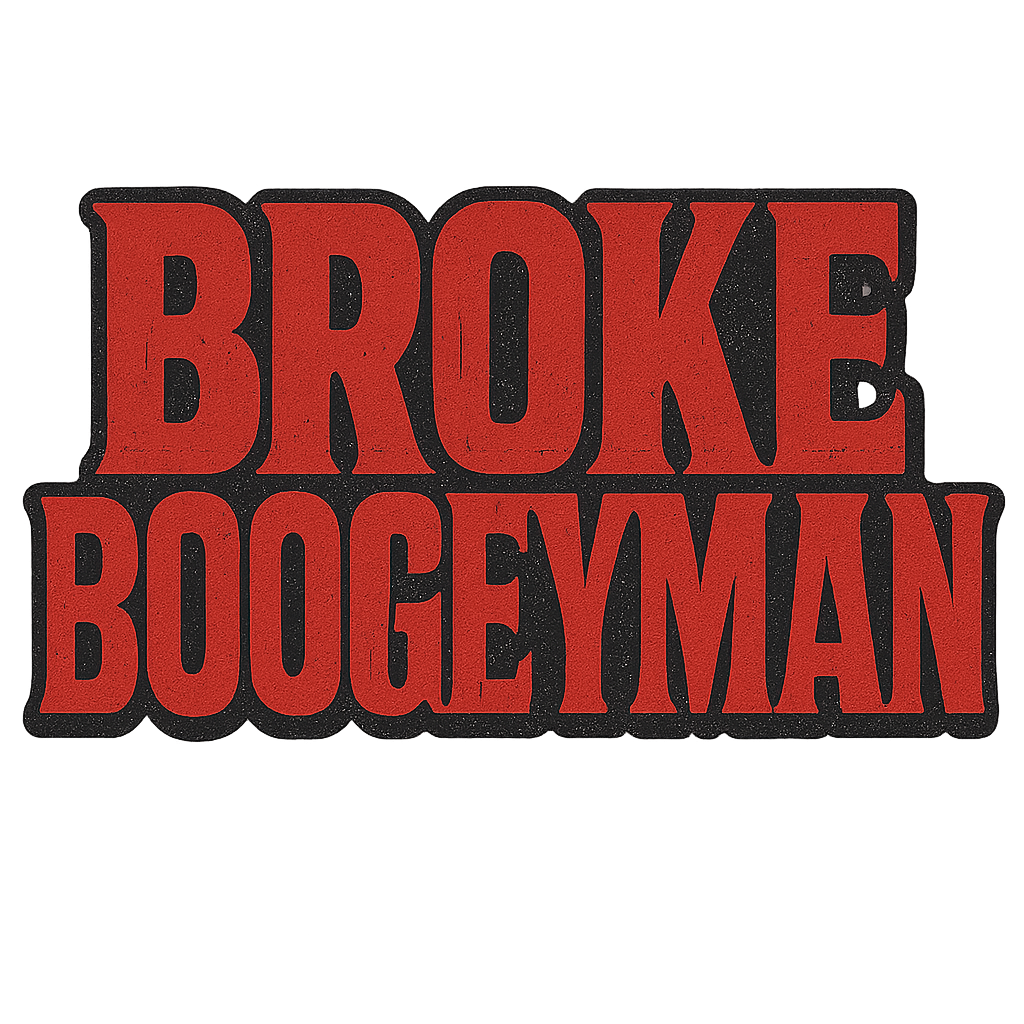


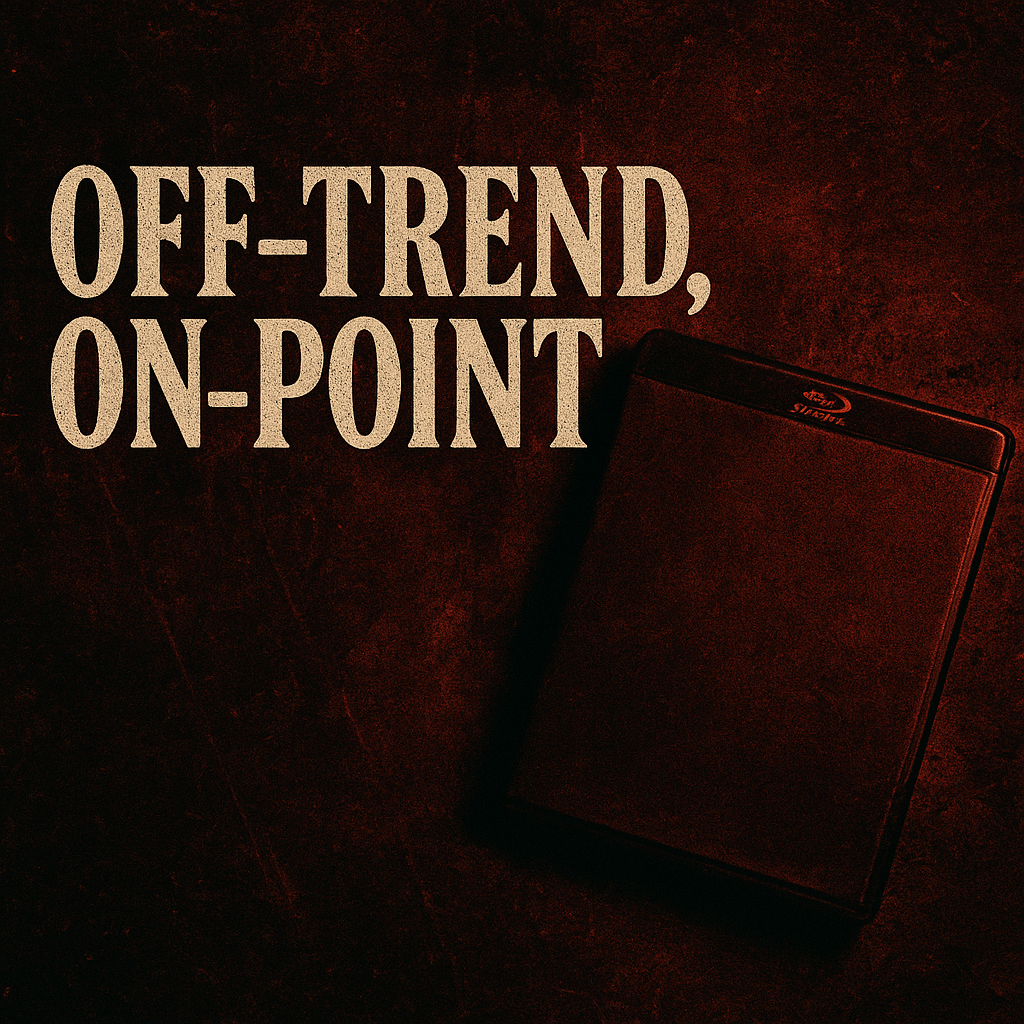
Leave a Reply